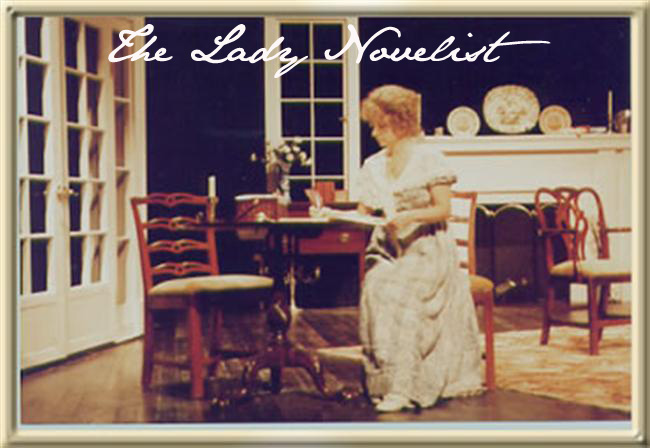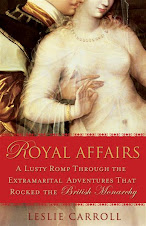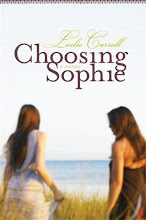It's not a royal affair per se, but it is a royal shame: the mother-document of English Common Law is going up for auction.
The only privately-owned copy of the Magna Carta in the United States is on the block. My husband and I had the privilege of seeing it last June on display in the National Archives in Washington, D.C. -- which is where it belongs -- just steps away from the original manuscripts of the Declaration of Independence and our Constitution. Who knew the Magna Carta only had a temporary visa?
Billionaire pie-chart magnate Ross Perot, who owns it, has decided he doesn't have enough money already and the law is for sale. Come to think of it, many people think that's business as usual in the U.S. Capital. So, on behalf of the Ross Perot Foundation, which bought it in 1983 for $1.5 million, Sotheby's is holding an auction on December 18, 2007.
The Magna Carta was the birth of the concept that nobody - including the king - was above the law, and that a fair trial was a right of all. The document was first written in 1215. King John (the wicked king of Robin Hood legend) was on the throne, and yes, he was quite the bully. His barons didn't appreciate such autocracy, however, and at the risk of losing his throne in a civil uprising, King John signed the document in a convocation held at Runnymeade in 1215.
King John (b. 1166. Ruled England 1199-1216)

Magna Carta was originally written because of disagreements among Pope Innocent III, King John and the English barons about the rights of the King. Magna Carta required the king to renounce certain rights, respect certain legal procedures and accept that his will could be bound by the law. It explicitly protected certain rights of the king's subjects, whether free or fettered — most notably the right of Habeas Corpus, meaning that they had rights against unlawful imprisonment.
The document was revised throughout the 13th century. It wasn't confirmed as English law until 1297, when it was signed by King Edward I (the wicked king of William Wallace ["Braveheart"] legend). Of 17 copies of the Magna Carta that still exist, all but this one are publicly owned. The only other copy outside England is on show in Australia's Parliament.
Magna Carta was originally written because of disagreements among Pope Innocent III, King John and the English barons about the rights of the King. Magna Carta required the king to renounce certain rights, respect certain legal procedures and accept that his will could be bound by the law. It explicitly protected certain rights of the king's subjects, whether free or fettered — most notably the right of Habeas Corpus, meaning that they had rights against unlawful imprisonment.
The document was revised throughout the 13th century. It wasn't confirmed as English law until 1297, when it was signed by King Edward I (the wicked king of William Wallace ["Braveheart"] legend). Of 17 copies of the Magna Carta that still exist, all but this one are publicly owned. The only other copy outside England is on show in Australia's Parliament.
With only two small holes in the animal skin it was written on, what is now being referred to as "Sotheby's Magna Carta" is considered in great condition. The Perot/Sotheby's copy, 2500 Latin words long, was written in 1297. This copy is signed by Edward I, known as "Edward the Lawgiver," the reigning king at the time.
Sotheby's expects the Perot Magna Carta to fetch at least $30 million. So you CAN put a price on the law!
+for+blog+header+copy.jpg)

.jpg)
.jpg)





6 comments:
I've seen the Magna Carta at Salisbury Cathedral and it's as exciting as seeing the Constitution at the National Archives. It helps you appreciate English Common Law and how it eventually evolved into our Constitution.
I agree he should have donated it to the Smithsonian or some other worthy institution. Hopefully someone else will be generous enough to buy it and donate it.
Seeing the Magna Carta at Salisbury, much closer to where it was signed, must have been truly exciting!
Buying it and then donating it is what I'm hoping too, Georgie Lee. Something that precious and that significant, historically, should be made available for as many people as possible. I found seeing it an awe-inspiring thrill. In fact, I didn't realize that the document I saw was only on loan from a private collection for a limited time.
Whoops -- meant to post as me, and not my alter ego!
Seeing the Magna Carta at Salisbury, much closer to where it was signed, must have been truly exciting!
Buying it and then donating it is what I'm hoping too, Georgie Lee. Something that precious and that significant, historically, should be made available for as many people as possible. I found seeing it an awe-inspiring thrill. In fact, I didn't realize that the document I saw was only on loan from a private collection for a limited time.
pretty neat!!!
It was a thrill to see it, especially for my husband who is a lawyer. Fingers crossed that it is purchased by a worthy owner.
I certainly hope that whoever buys it doesn't condemn it to obscurity... the auction is supposed to take place on 12/18, so I'll do a follow-up post to the blog, if there's any announcement about who bought it and what they intend to do with it. I do hope they keep it in the U.S., too.
Post a Comment